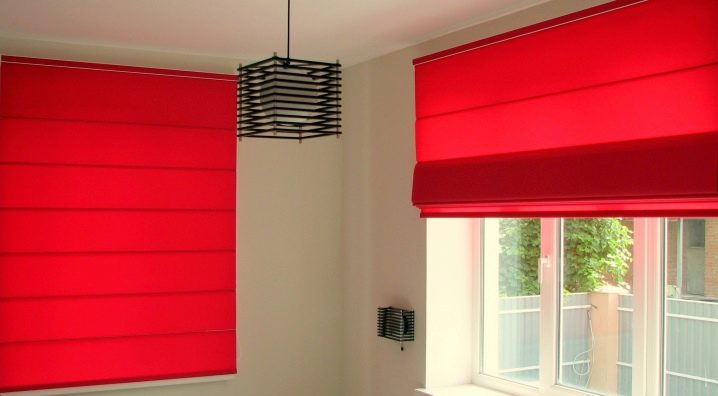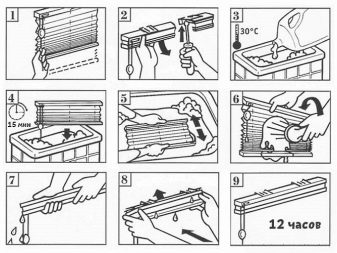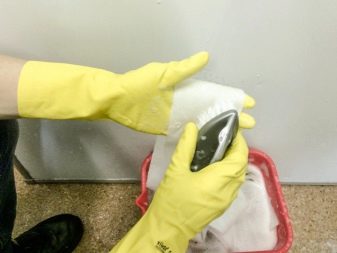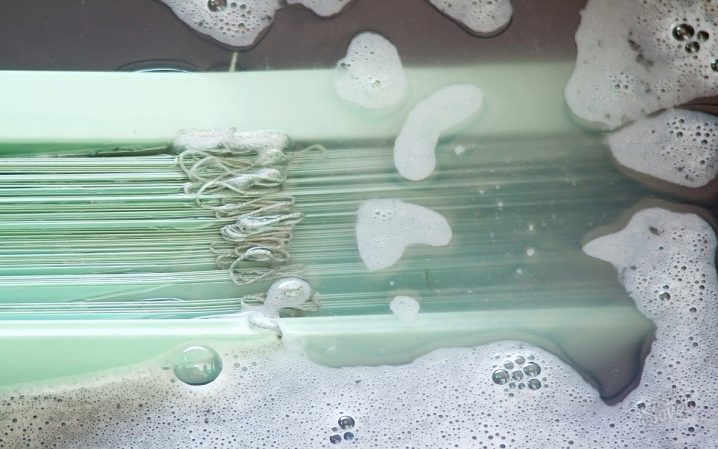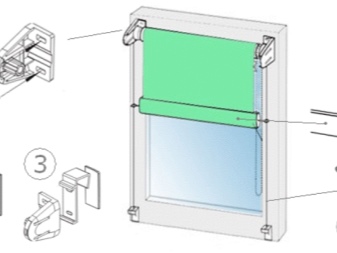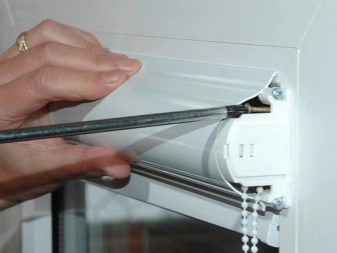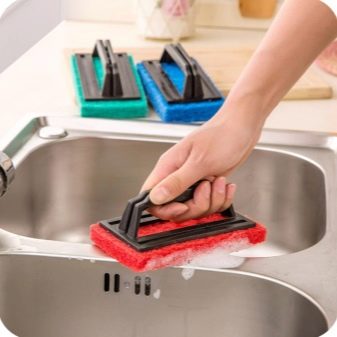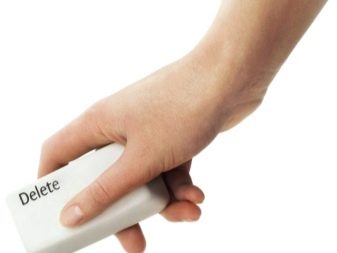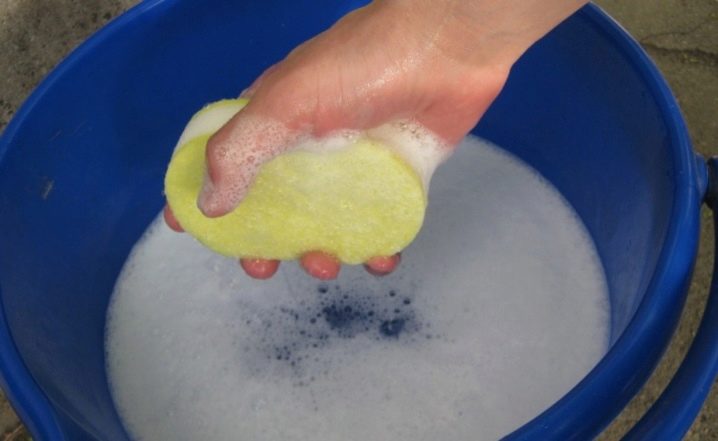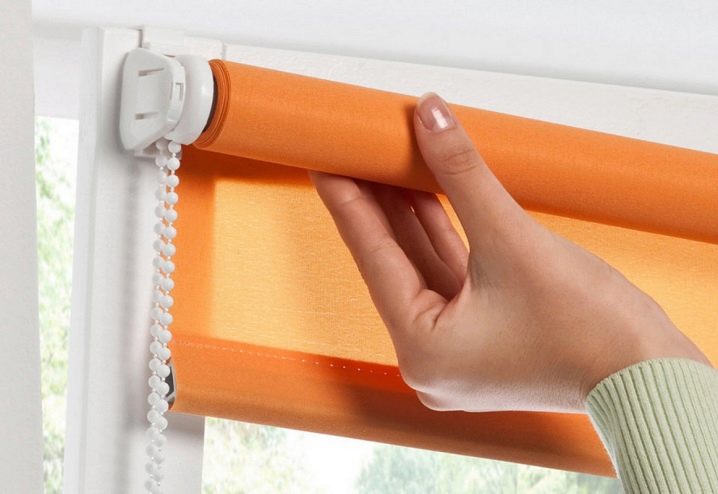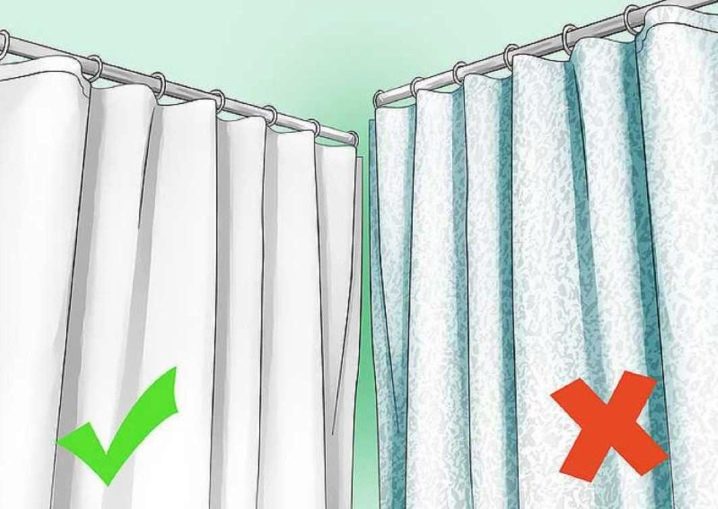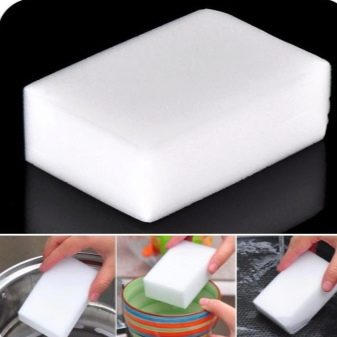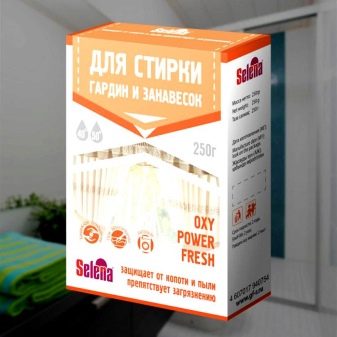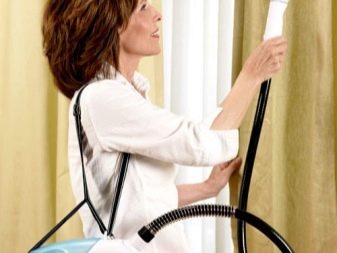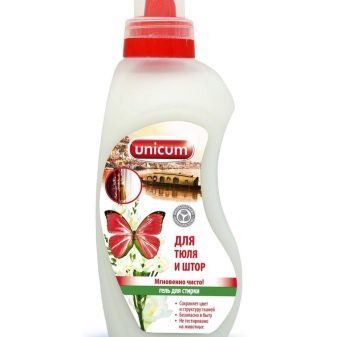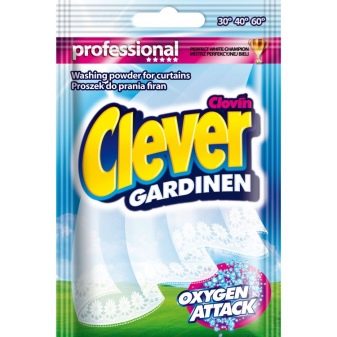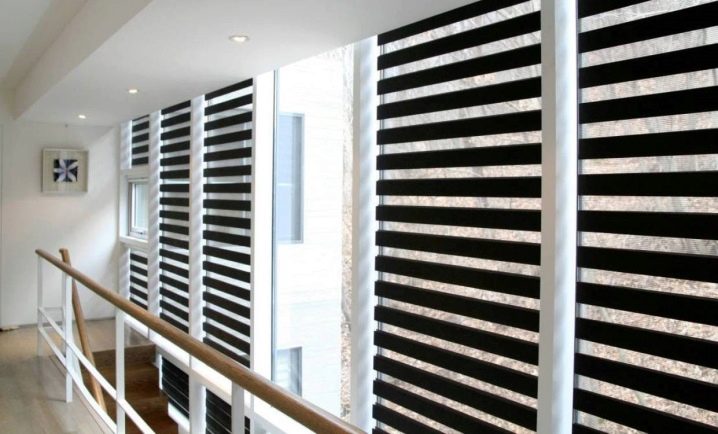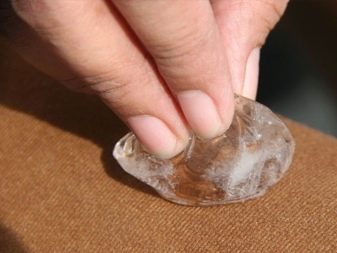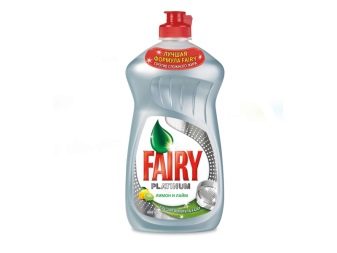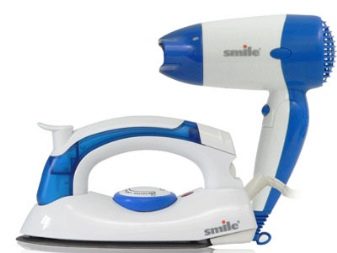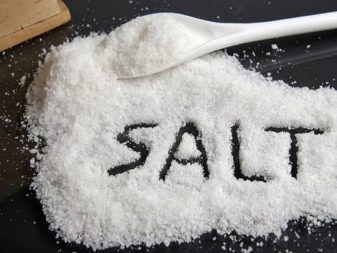How to wash the roller blinds?
The secret of the popularity of roller blinds lies in their convenience, functionality and beauty. Manufacturers in voice promise trouble-free care and guarantee a long service life of their products. What is quite reasonable, because in the manufacture of rolls are used high-strength materials in combination with specialized means for impregnating fabrics. Due to what they acquire a lot of useful properties - the ability to repel dust and resist various kinds of pollution, resistance to temperature fluctuations, the influence of UV rays and a moist environment.
Roller blinds are indispensable in the kitchen, in the dining room, on the balcony and in the nurserywhere home textiles, no matter how high-quality they are, face the loss of appearance in an accelerated mode. But the current service rollt has not been canceled.The easiest way to use the services of dry cleaning, however, the quality and speed are appropriate, so the price of the issue does not suit everyone. In this case, you can completely do it yourself. We will find out how to wash roller blinds of various types and what methods help to maintain a clean state of light-protective systems.
How to wash at home?
Polymer impregnations, which are applied to the materials for roll curtains, create a reliable barrier that limits the access of invisible dust particles into the inner layers of fabric. It remains only to systematically clean the shutters from surface contamination - an inevitable phenomenon due to active exploitation. Many people are wondering whether it is possible to wash roll curtains at home at all without harming expensive rich fabric or exclusive 3-D photo printing - yes, if you follow the basic rules.
What is worth knowing:
- Vertical excesses in the process of washing are unacceptable, if the matter breaks, then it is almost impossible to correct such a defect.
- Machine washable is a taboo, even at low temperatures in a delicate mode, so you will have to act in the old manner, that is, do it with your hands.
- Not all products can be washed, with the exception of natural fabrics that have been antiseptic. The usual matter and synthetics without antistatic restrictions do not apply.
- Practicing wet processing is advisable only in exceptional cases. Contact of the product with water is justified only when dry cleaning methods fail. There should be no “preventative” washing.
- The canvas can not be dried in limbo, which provokes the formation of creases on the fabric.
There are two ways to wash curtains: in one case they are removed from the fixation mechanism, and in the other there isn’t. At the same time, they are guided by the size of the curtains themselves and the presence / absence of a tank of the corresponding volume.
Mini roll curtains definitely better to remove, whereas the overall design is safer to handle on the spot, so once again not to risk an expensive product.
Step 1: correctly remove the curtains
Sequencing:
- wind the web onto the holder shaft as tightly as possible using a chain cord;
- remove the protective capsules on the edges of the shaft;
- disconnect the guide string and limiters from the lower weighting plank;
- remove the lower bar, provided it is removable;
- drown the spring axis with a screwdriver inside the limiter, disconnect the shaft from the brackets and remove the product from it.
Step 2: Pre-cleaning the fabric
Prepare in advance a flat surface where it will be possible to expand the canvas, as well as:
- a brush with stiffness corresponding to the density of the material rollt;
- detergent composition on a natural basis and with a neutral pH;
- sparing stain remover, aggressive bleaching agents and solvents should not be used.
- soft natural fabric.
Procedure:
- Conduct a visual inspection of the tissue to identify stains, adhering fragments, and other contaminants.
- To remove fragments that are highly visible on the surface of matter, you can use a school eraser-eraser. Most often, this simple method is effective.
- The remaining contaminated sites, which are not amenable to mechanical cleaning, are treated locally with a stain remover. Do not forget to read the instructions, where indicated the exposure time of the composition.
- Using a sponge, collect excess stain removers and evaluate the results. If necessary, the processing is repeated.
Step 3: wash
The optimal place for the procedure is the bathroom. If it is impossible to use the utilitarian room, then a capacity is selected in which the curtain will fit freely across the width.
Procedure:
- Dilute the detergent composition with warm water. If powder is used, make sure all the granules are dissolved.
- The decomposed curtain is treated with a roller well moistened with a washing solution or a spray gun, which is most convenient.
- The detergent composition is allowed to soak. It should darken: this is evidence that the components of the detergent reacted with contaminants.
- Soak the sponge and clean the surface of the curtains, making soft circular motions.
- Now you can go to the rinsing. There are two options - to bathe the product, pouring a shower, immerse in the bathroom or tank.
When to stop rinsing? Focus on the color of water flowing from the curtains: it should be completely clean. Otherwise, because of the detergent remaining inside the fabric, it will be covered with stains and stains.
- The washed cloth is suspended to allow to drain. Half the deed is done.It remains to properly dry the roll blind without losing the original smoothness, geometry and brightness of the fabric color.
For information on how to quickly and accurately clean the pollution from roller blinds, see the following video.
How to dry?
In the drying of washed matter is nothing complicated.
Method 1
- Wait until the moisture on ¾ is removed from the fabric.
- Lay the canvas on a flat surface and flatten. As an absorbent substrate can make a dense natural matter. It will speed up the drying process.
- Place the material slightly at an angle on an even, stable base to dry and ventilate properly.
It is forbidden to use radiators for drying products.
Method 2
- Wait until the water drains from the matter, then wind it on the shaft-holder and place it on the window.
- Deploy the product, ensuring good natural air circulation in the room, but without drafts.
Under the influence of strong air currents, the fabric twists, stretches and forms creases.
How can you clean the stains?
The following methods for cleaning light-shielding systems can be used in preparation for washing or as an independent measure.
Special eraser
When the manufacturers of household chemicals became clear the true value of the office eraser as an effective tool for getting rid of stains, it was quickly included in the product line. True, the analogue differs from its prototype in large size. These erasers help to maintain the purity of the fabric, as they are impregnated with a special composition that prevents the penetration of dirt into the inner layers of matter.
Vacuum Cleaner Features
Periodic dry cleaning of dust with a vacuum cleaner - a procedure that is recommended to all light protection systems in order to prevent the preservation of decorative qualities. A weekly treatment of cloths with an air jet in the low-power mode is enough for this. The situation is more complicated with the cleaning of roll curtains, the operation of which takes place in “extreme” conditions - this is high humidity and intense fat evaporation.
If a regular vacuum cleaner does not cope with a touch of grease and dust, then a washing unit with dry cleaning functions is fine. The main thing is not to use it in maximum power mode. A high vacuum level provokes the deformation of matter, resulting in bulges, distortions and creases.
Gels with gentle formulations
Sensitive fabrics require maintenance with high viscosity liquid detergents. We are talking about gels that act delicately. Treatment of contaminated sites is carried out with a soft sponge. Problem areas need to get a little wet, and then gently rub. The number of procedures depends on the nature of the pollution.
Caring for day-night models
One of the popular types of fabric rolls is the Combo or Zebra model. They are fabricated with a day-night fabric, with alternating stripes of equal width: some are transparent, others are opaque. Methods for removing dust and light pollution are permissible for these systems - a vacuum cleaner with a turbo-attachment, a soft brush, and a dry cloth. Keep in mind that the result depends on the regularity of the procedures. Cleaning need at least a couple of times a month.
Having found strong pollution, it is necessary to resort to washing. All manipulations are carried out with the curtain without removing from the eaves. A sponge and a soft product that does not contain chlorine is used. Act in a similar way as when using the gel.
Strong effects - twisting and bending vertically is prohibited, since the structure of matter fibers is disturbed and the product is deformed.Drying Combo models is carried out in expanded form, so as not to form mold.
What not to do?
According to the results of independent tests, roll-type light shielding systems can last for 10 years, subject to quality service.
What reduces this period:
- Open / closed heat sources - fireplaces, batteries, heat generators, located in the immediate vicinity of the double-glazed windows with roll curtains. Therefore, a protective barrier - sill must be available.
- Lack of protective impregnation. Raw products are cheaper and more vulnerable, which is more important for you - decide for yourself.
- High humidity, high temperature. Discard roll curtains in the bathroom in favor of sanitary rolling shutters of aluminum or plastic.
- Hot water and aggressive household chemicals - under the influence of the first, polymer impregnation is destroyed, and the second - does not change the performance of the fabric for the better.
- Operation in rooms with a high degree of pollution.
- When the adjustment mechanism is neglected silicone-based lubricant. Her actions last for a year.
How to keep clean?
In order to preserve the decorative qualities of the rollt as long as possible, it is better to get rid of dirt immediately, since it is much more difficult to deal with old stains.
General recommendations:
- Such a global procedure as washing is required no more than twice a year. The frequency of treatment in dry cleaning is similar.
- Be sure to arrange a light draft and regular airing of the cloths in the unfolded state in order to weather the accumulated dust.
- If you are going to wash the windows or undertaking a general cleaning, do not forget to roll the curtains inside the cassette or protective tube.
- When cooking, the canvas also needs to be completely wound onto the shaft in order to avoid droplets of fat.
In a clean apartment, where cleaning is carried out regularly, dust less accumulates, settling on the surface of curtains in a much smaller volume.
Useful tips
In the piggy bank of folk recipes for the care of various types of wallpaper, there are those that are suitable for roll curtains:
- If chewing gum is stuck to the matter, then you need to take molded ice and rub the sticky fragment. In the frozen state, the gum will simply break away from the fabric.
- The most common cleaning agent is used to remove grease stains and traces of wax crayons.which wash dishes. A few drops are applied to a soft cloth and treated problem areas.
And a few more ways that can come in handy:
- The iron can cope with creases. The cloth from the inside is covered with wet gauze and ironed, setting the “minimum” mode on the iron.
- Effectively removes surface dust dryer in the mode of cold blowing.
- The oil coating on the curtains is a problem of kitchen premises; it can be solved with the help of salt. It is absolutely harmless to dyes, plastics, natural fabrics and synthetics. The cloth is evenly covered with salt, incubated for 2-3 hours, and then removed. A simple procedure will return the matter to its original pure form.
